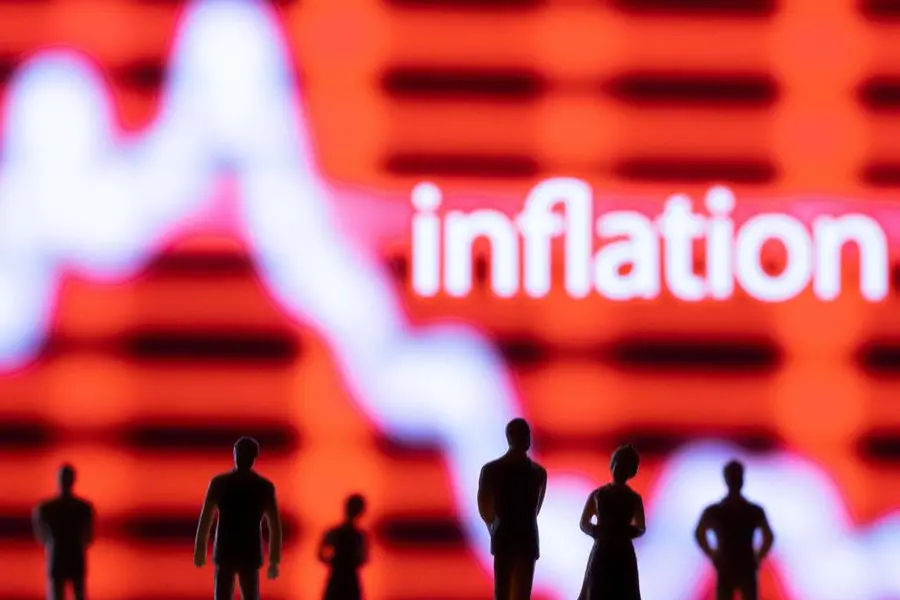PHOTO
The inflation rate in Asia-Pacific (APAC) region will ease to 3.9% in 2023, compared to 4.2% in 2022, supported by tight monetary policies, GlobalData, a London-based data and analytics company, said in a new report.
However, high borrowing costs will continue to be a key challenge for major economies in the APAC region.
Major regional economies registered an elevated inflation rate in 2022 since global supply chain disruptions contributed to supply-demand imbalances, leading to a broad-based price increase, the research firm said in its “Global Risk Report Quarterly Update – Q4 2022.”
Therefore, most central banks embarked on contractionary monetary measures.
“The reopening measures in China will not only aid towards easing the raw material shortage in the APAC region but will also contribute towards the growth of other sectors, including tourism and hospitality,” said Puja Tiwari, Economic Research Analyst at GlobalData.
The APAC region is expected to serve as a beacon of hope for the global economic outlook for 2023.
“Despite facing several challenges, APAC is predicted to be a ray of hope in an otherwise bleak global economic outlook this year. The reopening of China, coupled with the resilient performance of India and sustained growth in other emerging Southeast Asian countries, is anticipated to be the primary driver of the global economy in the upcoming year,” she added.
The report, which evaluates 32 countries in the APAC region, revealed eight countries in the very low-risk zone, three countries in the low-risk zone, nine countries under manageable risk, nine countries under high risk and three countries in the very high-risk zone.
Turkmenistan, Myanmar, Pakistan, Bhutan, and Laos remained the highest-risk nations in APAC in Q4 2022.
On the other hand, Singapore, Taiwan (Province of China), New Zealand, Hong Kong, Japan, and South Korea were on the list of the top 15 lowest-risk countries worldwide in Q4 2022.
(Editing by Seban Scaria seban.scaria@lseg.com )





















